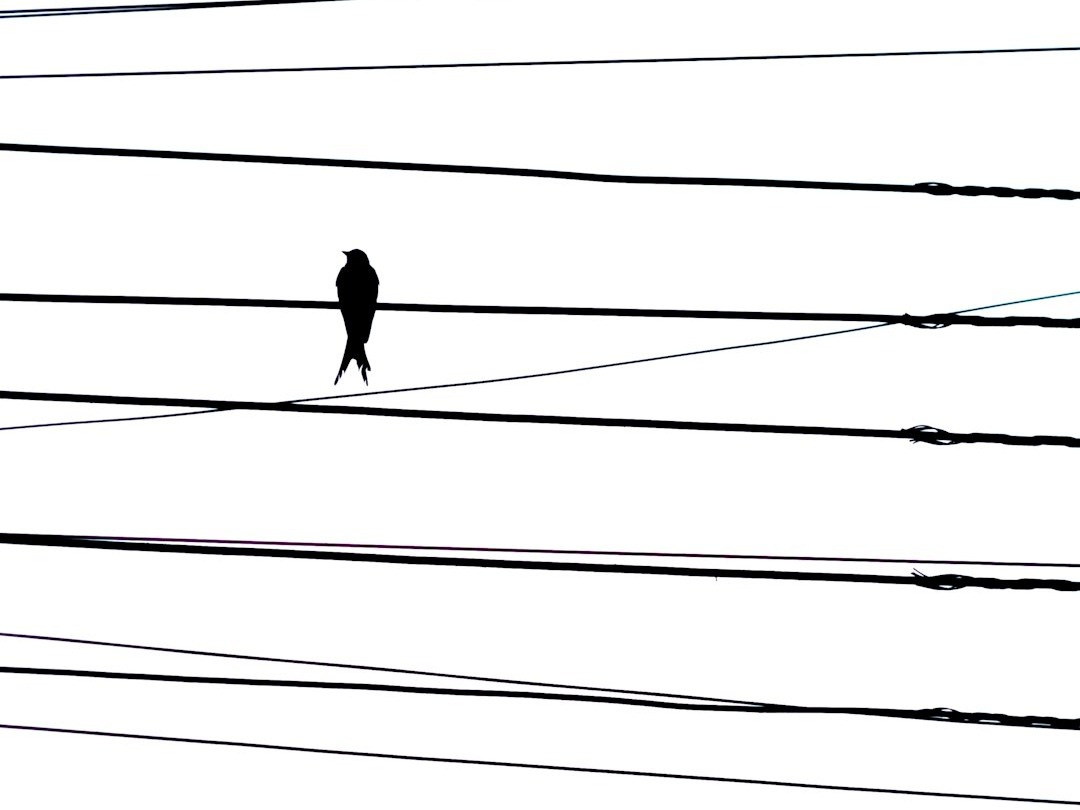[Writing in motion #4] "Where is the subtext, please?"
The remark came from the mouth of an agent of the Brazilian military dictatorship. He used to censor news in the Estadão newsroom in the 1970s. Five decades later, I too am in search of the subtext.

“There was all sorts among the cops assigned to the censorship work. One of them, upon arrival, would place his revolver on the desk next to the graphic secretary’s. Another drank too much and censored too little, because he would fall asleep on the sofas in the directors’ waiting room. There was one who was an undercover spy at the Paulista School of Medicine, today the Federal University of São Paulo. And a rookie, once, caused laughter among the print shop crew when he arrived asking:
“Where is the subtext, please?”
“Subtext?!” — the graphic secretary of O Estado de S. Paulo at the time, João Luiz de Andrade Guimarães, was astonished.
“Yes, I want to see the subtext. My boss was very specific: ‘Read the newspaper’s subtext.’”
Quer ler em português?
The story above appears in Chapter 21 of my first book, Jornal da Tarde: Uma ousadia que reinventou a imprensa brasileira.1
I heard different versions of it over the course of my reporting — small changes in the wording, from one source to another. In all of them, however, the memory would inevitably come up as a joke.
How was that possible? The censor who decided what could be published in what was then the country’s largest newspaper was incapable of understanding a metaphor?
The subtext was there, right before the censor’s eyes. Yet, if he couldn’t grasp one of the most worn-out metaphors in the Portuguese language, he would never have been able to perceive it.
It has always been there, and it always will be, in every work of authorship.
In journalism training, we are led to believe there is no room for subtext. The text must be clear. Direct. Leaving no margin for interpretation.2
Every word must say only and exactly what it means. No nuance, no inference. Everything explicit. And, preferably, without losing elegance.
I spent 35 years writing by that rulebook. Now, in my career transition to fiction, I am trying to unlearn it.
Like the censor who became a joke, I intentionally seek out the hidden messages that have always been present in my writing — including my journalistic work.
What is the hidden intention of this letter? What am I trying to tell you, my reader, without being explicit?
I return to the passage from my book to illustrate what I just explained. Even non-fiction writing has its poorly drawn subtext.
In that passage, I present the censors as “tiras,” a slang term for police officers that, while not exactly derogatory, is hardly flattering.
Then I highlight violence (a gun on the desk), carelessness (drinking too much and falling asleep), and betrayal (an undercover spy) before concluding with the climax: the incompetence in the pathetic search for the subtext.
The choices I made portray the dictatorship censors as nefarious, incompetent, and useless figures — bad people blocking freedom of expression.
If he had been able to see the subtext, perhaps the rookie censor would have read this message in that passage. Perhaps yes, perhaps no.
That is one of the joys of this craft: it is the author’s job to write the lines. The subtext is up to the reader, and each one “writes” their own.
And what about you? Have you caught the subtext of this letter? Where do you think I was trying to lead you with this story? Share your guesses in the comments — I’ll reply.
How I hate that subtitle. I can’t even shift the blame, because I came up with it at the time, ignoring my editor’s advice to leave it simply as Jornal da Tarde.
Attention, censor: if you manage to be shown the subtext, ask to see the margins for interpretation as well. They are just as subversive as the subtext.

